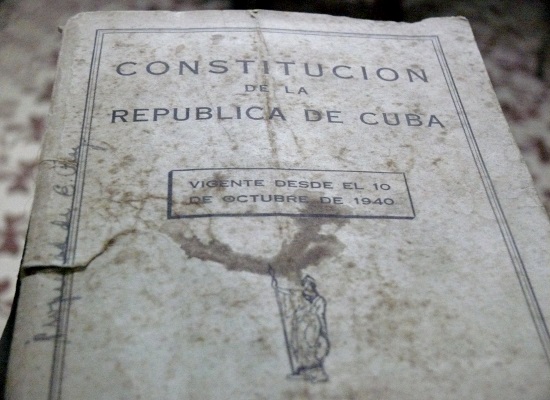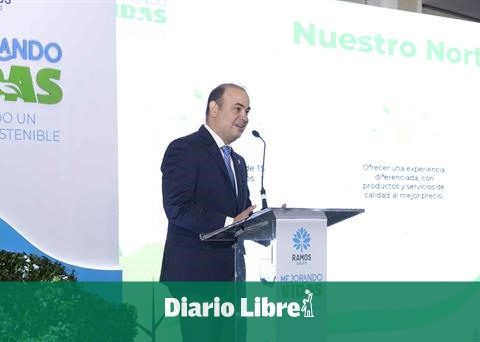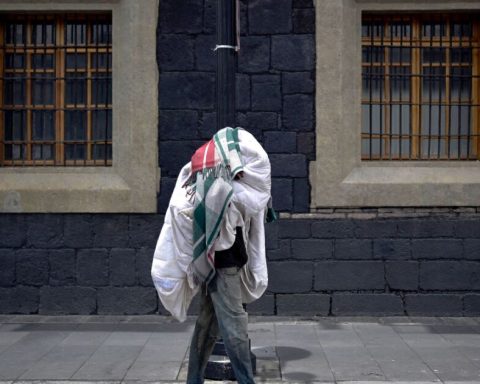MIAMI, United States.- On July 1, 1940, the 1940 Constitution was signed in Guáimaro, Camagüey province, a democratic and advanced document for its time, which fully guaranteed the human and civil rights of all Cuban citizens.
The document, after being signed on a day like today 82 years ago, was submitted for publication in the Official Gazette on July 8 of that year, and entered into force on October 10, 1940.
The Constitution It is the text with the highest legal and political hierarchy of a State.responds to the imperatives of the present, points to the immediate future, and formalizes the citizen’s relationship with the State and with the foundations of legality, and the 1940 document was exactly that.
“Sovereignty resides in the people and all public powers emanate from them,” recognized Article 2 of that Magna Carta, which reflected the social development achieved and the correlation of political forces in Cuba.
For its part, in its Article 20, the 1940 Constitution established: “All Cubans are equal before the Law. The republic does not recognize jurisdictions and privileges.”
The supreme law of the Republic of Cuba, which was abolished years later with Fidel Castro in power, was debated, drafted and approved with the full participation of all political currents in the country. It was the result of consensus within the framework of social and political pluralism, it established obligations, and recognized and guaranteed citizen rights.
The Cuban Magna Carta of 1940 was structured in 19 titles and 286 articles, in which the division of public powers and the rights recognized in that of 1901 were resumed.
In 1940, the Republic was declared an independent and sovereign state, unitarily and democratically organized for the enjoyment of freedom, social justice, individual well-being and human solidarity, as stated in the Constitution.
A semi-parliamentary regime was adopted where the president was to govern through a cabinet headed by a prime minister, and presidential re-election was preserved, but only after eight years out of government.
The Constitution included the right of women to vote, the right to parade and form political organizations contrary to the government, the autonomy of the University, the declaration of punishable any act of prohibition or limitation of the citizen to participate in the political life of the nation, the recognition of the legitimacy of resisting for the protection of individual rights.
For his part, he endorsed the existence and legitimacy of private property; the banning of the latifundio; minimum wages, an eight-hour week, payment for 48 hours for 44 hours worked, paid rest for one month for every 11 hours of work, protection for working maternity, with payment for six weeks before and after childbirth; the right of workers to strike and that of employers to strike, the obligation to distribute job opportunities without distinction of race or color, the creation of conciliation commissions with equal representation of workers and employers to submit problems arising from relations between capital and labor; and he devoted 13 articles to the educational and cultural theme.
The 1940 Constitution of Cuba was a precursor to the social projection that the great European countries gave to their constitutions after the Second World War.
Receive information from CubaNet on your cell phone through WhatsApp. Send us a message with the word “CUBA” on the phone +1 (786) 316-2072, You can also subscribe to our electronic newsletter by giving click here.

















